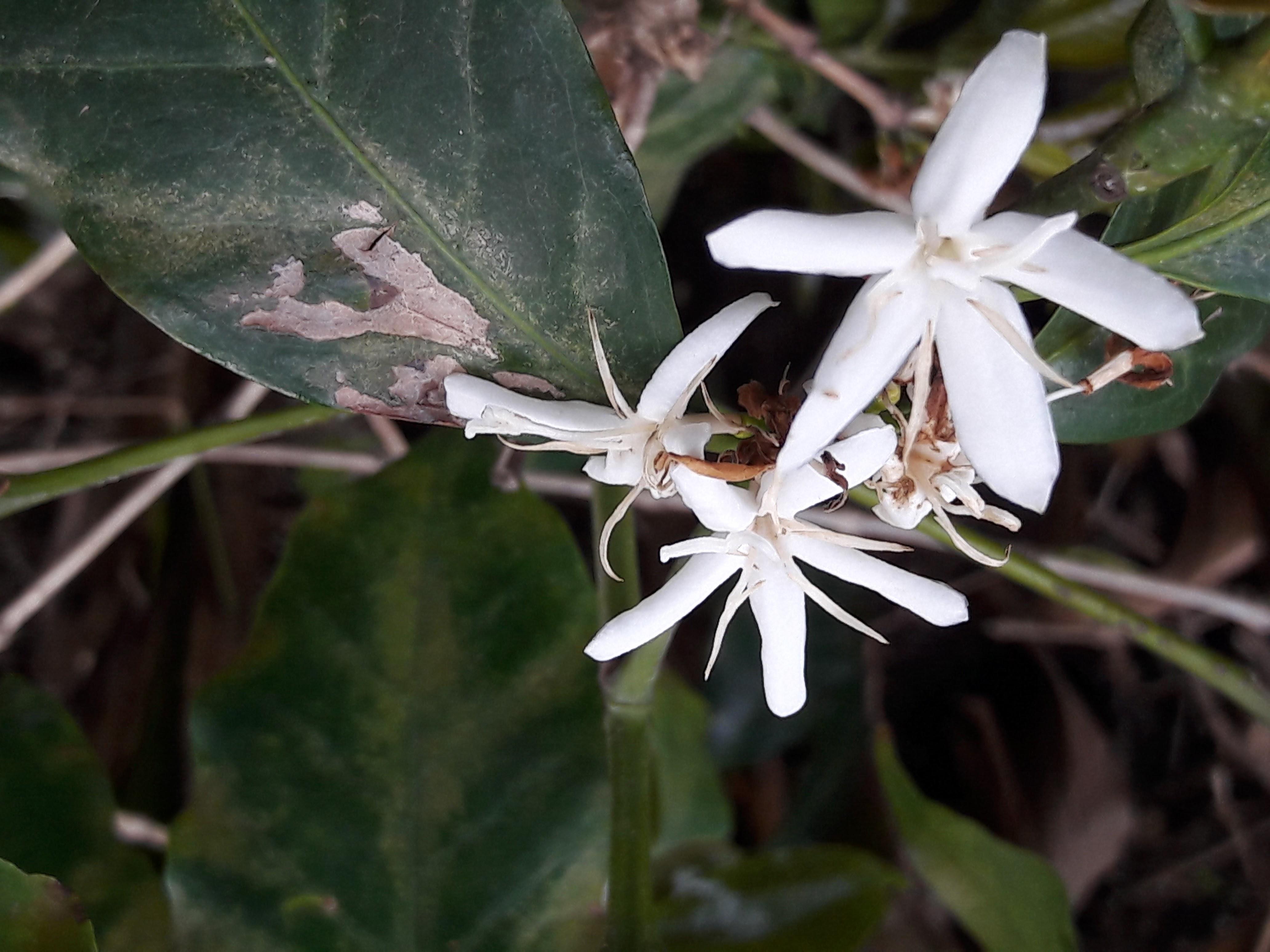Guatemala Coffee Harvest 2023
The coffee harvest in Guatemala typically takes place from November to March, varying slightly depending on the specific region and altitude. Here are some key points regarding the coffee harvest in Guatemala:
- Regions: Guatemala has several renowned coffee-producing regions, including Antigua, Huehuetenango, Atitlán, Cobán, and Fraijanes. Each region has its own unique characteristics, including altitude, microclimate, and soil composition, which contribute to the flavor profiles of the coffee.
- Arabica Varieties: Guatemala predominantly cultivates Arabica coffee, known for its high-quality and nuanced flavors. Common Arabica varieties grown in Guatemala include Bourbon, Caturra, Catuai, and Typica, among others.
- Harvesting: The coffee harvest in Guatemala is primarily done by hand, where skilled workers selectively pick ripe coffee cherries from the trees. This meticulous process ensures that only fully mature cherries are harvested, contributing to the coffee’s quality.
- Wet Processing: After harvesting, the coffee cherries undergo wet processing. This involves removing the outer skin and pulp, followed by fermentation to remove any remaining fruit residues. The beans are then washed and dried either through sun drying or mechanical drying methods.
- Specialty Coffee: Guatemala is renowned for producing specialty-grade coffee, which refers to coffee beans that have exceptional quality and unique flavor characteristics. The country’s diverse growing regions, volcanic soils, and high-altitude conditions contribute to the development of specialty coffee with distinct flavors and aromas.
- Certifications: Many coffee farms in Guatemala adhere to sustainable and ethical practices, and some hold certifications such as Fair Trade, Rainforest Alliance, and Organic. These certifications ensure environmentally friendly practices, fair treatment of workers, and support for the local community.
- Economic Impact: Coffee is a crucial sector of Guatemala’s economy, providing employment and income for numerous farmers and workers. The coffee industry contributes significantly to the country’s export revenues and plays a vital role in rural development.
While specific details about the coffee harvest in Guatemala can vary from year to year due to factors like weather conditions and other agricultural variables, the country’s commitment to producing high-quality coffee remains consistent.
The coffee harvest season is an important time for coffee farmers and enthusiasts alike, as it brings to market the unique flavors and aromas that Guatemala is renowned for.
Guatemala Coffee Harvest

Guatemala Coffee Harvest
For those Vacation Travelers seeking the very best in Organic Coffee Production, we have a few suggestions. Arabica is one of two species of coffee plants that are in wide cultivation globally. Arabica is by far the dominant species in Central America and is considered to produce the highest cup quality. The Arabica species is made up of many varieties or cultivars—distinct types that can sexually reproduce with one another.
Guatemala Coffee Harvest 2023
Of Guatemala’s five volcanic coffee regions, Lake Atitlan’s soil is the richest in organic matter. Ninety percent of Traditional Lake Atitlan is cultivated along the slopes of the dramatic volcanoes that dominate the shores of Lake Atitlan, the largest and most famous of Guatemala’s many crater lakes. The daily winds (called Xocomil) that stir the cold lake water are an important influence on the microclimate.
The culture’s highly developed artisan tradition is reflected in the small producer’s skilled cultivation and processing. Although some take their coffee to nearby farms for milling, many belong to cooperatives with their own mill or process their harvest at home.
Guatemala Coffee Antigua

Guatemalan Coffee
The Antigua Valley is one of Guatemala’s oldest and best-known coffee-growing regions. Its volcanoes and shallow water table help create the dry microclimate, with low humidity, lots of sun, and cool nights.
The coffee region of Antigua is an enclosed valley formed by three volcanoes: Agua, Acatenango, and Fuego. Its terrain is flat and gently sloping, unlike the other volcanic coffee regions, which are more rugged. Most of the coffee trees are planted on the valley floor, already at 5,000 feet; and, some farmers also cultivate the slopes of the volcanoes up to 5,600 feet.
The high pumice content in Antigua’s soil (from the active Fuego volcano) keeps the relative humidity steady at 65 percent year-round, unlike the other coffee regions, where humidity varies significantly between dry and rainy seasons.
If you are looking for Coffee Tours around Lake Atitlan may we highly suggest? While we pride ourselves on our luxury accommodations, delicious dining options, and elegant event spaces, Filadelfia Coffee Resort is more than simply a hotel. Indeed, our range of interesting and exhilarating tours and activities is what sets us apart from other hotels and resorts in La Antigua Guatemala.
Looking for that cup of fresh roasted Guatemalan Coffee in the United States.
Visit Ethicalfashionguatemala.com for ordering direct from Guatemala Coffee Producers.

 Lake Atitlan Travel
Lake Atitlan Travel Lake Atitlan Tours
Lake Atitlan Tours